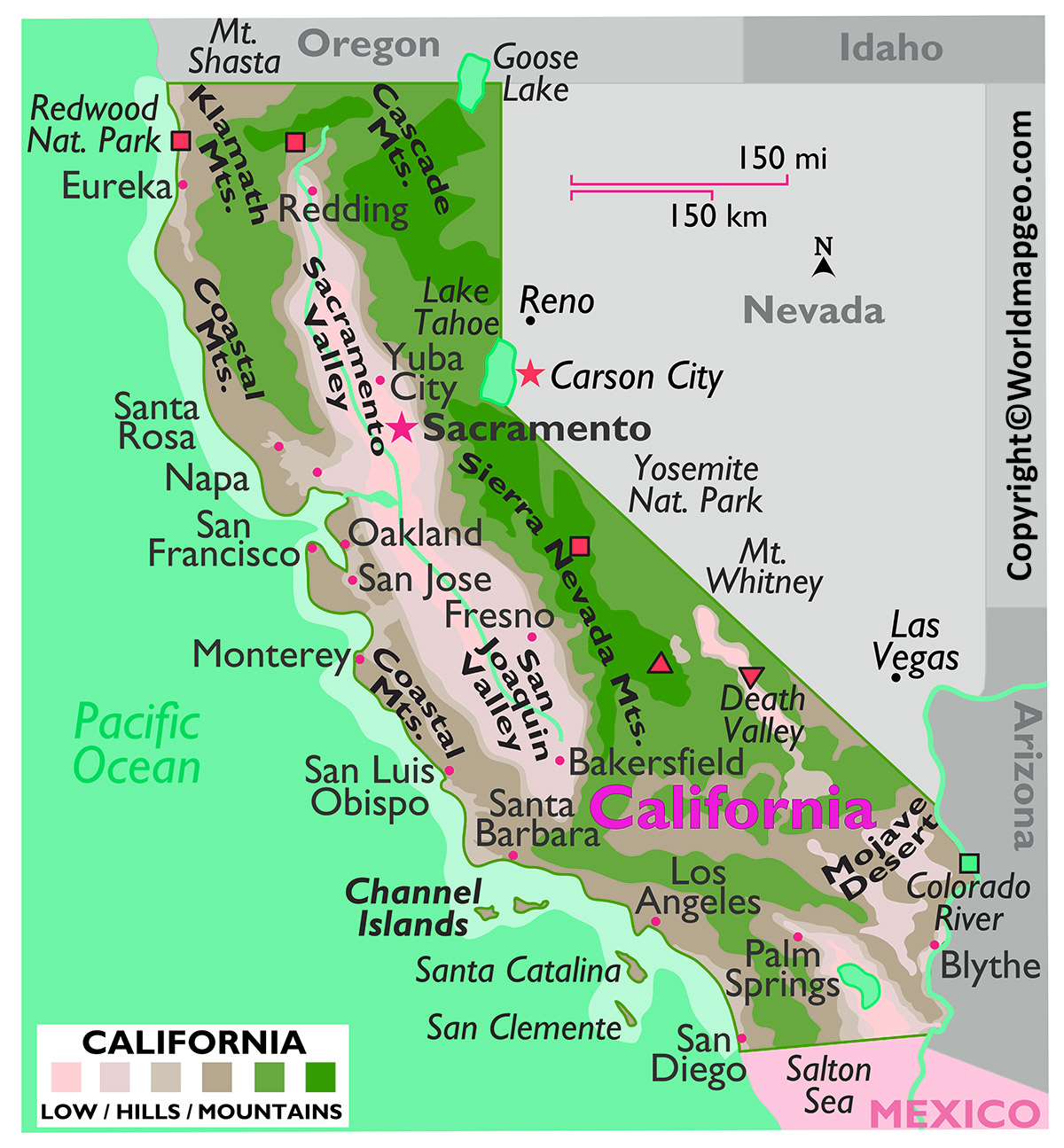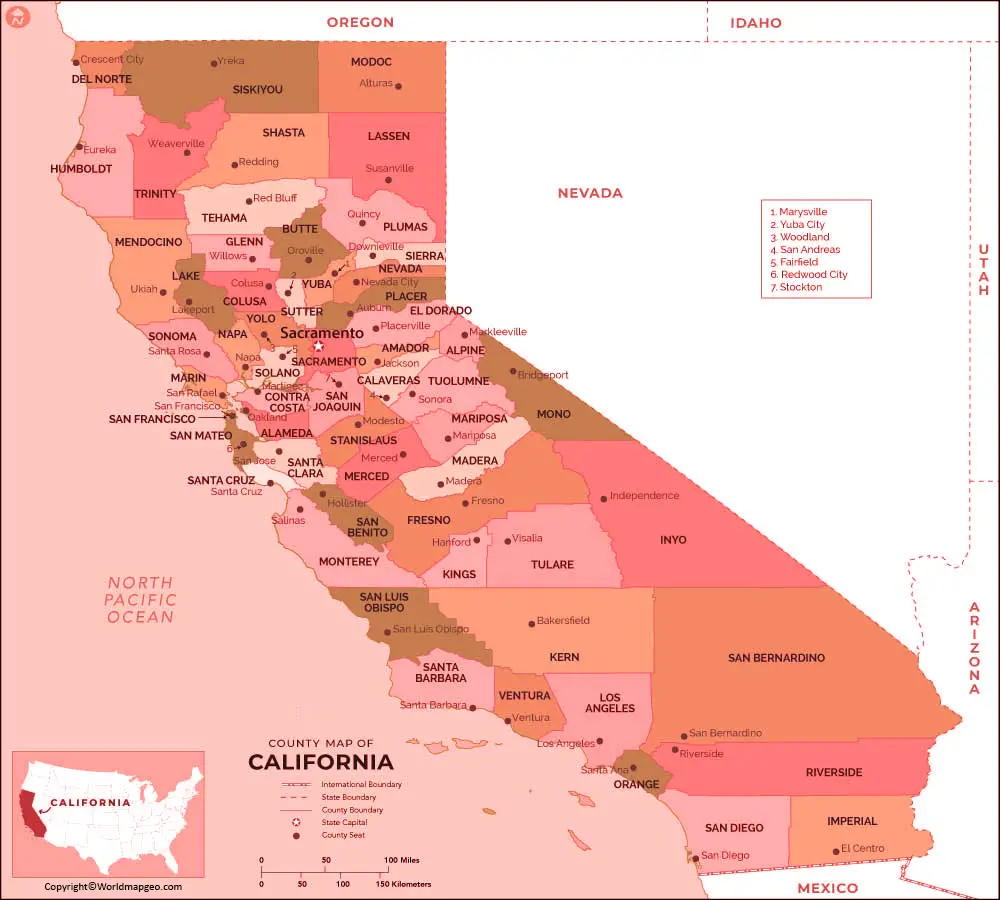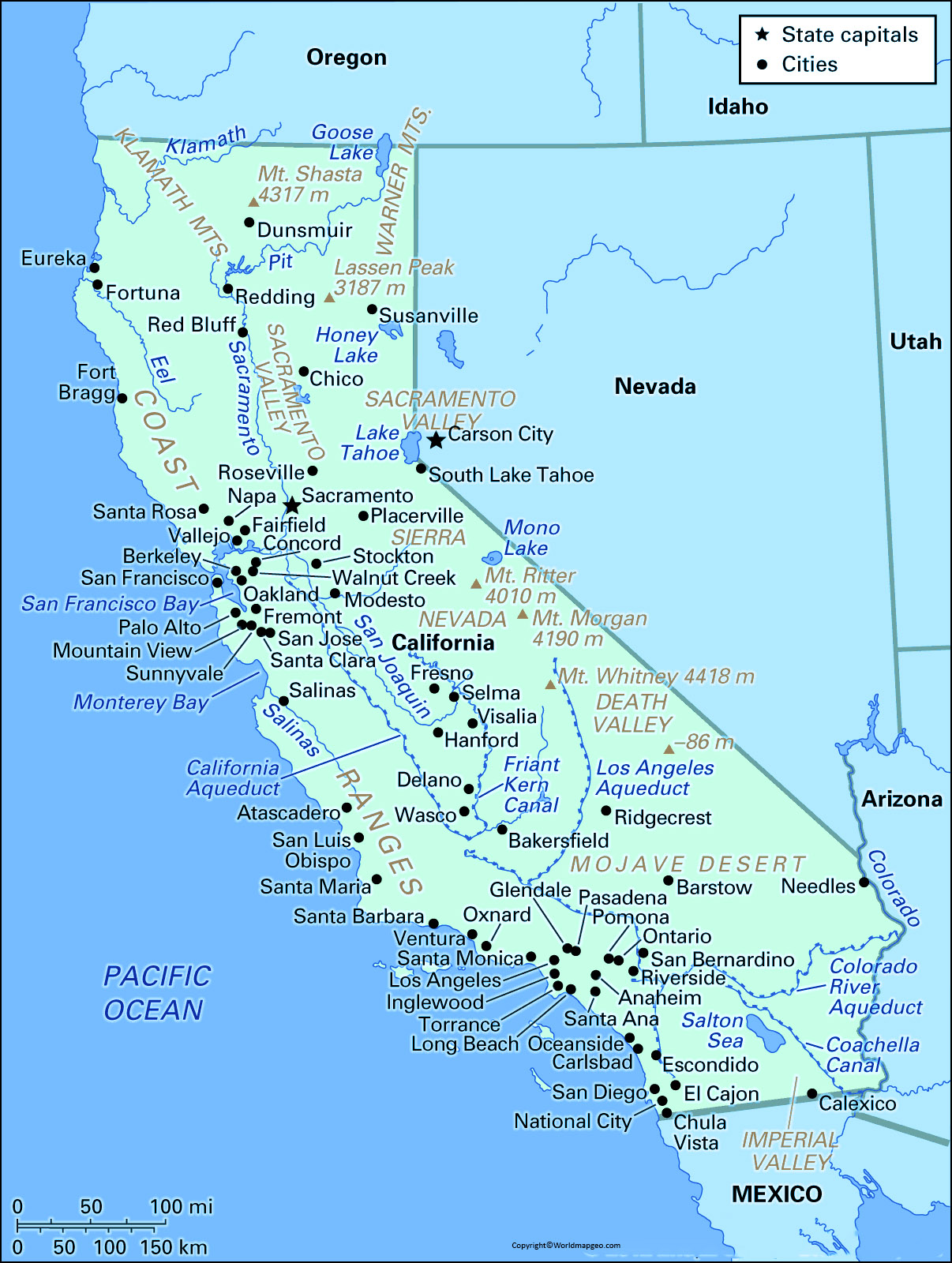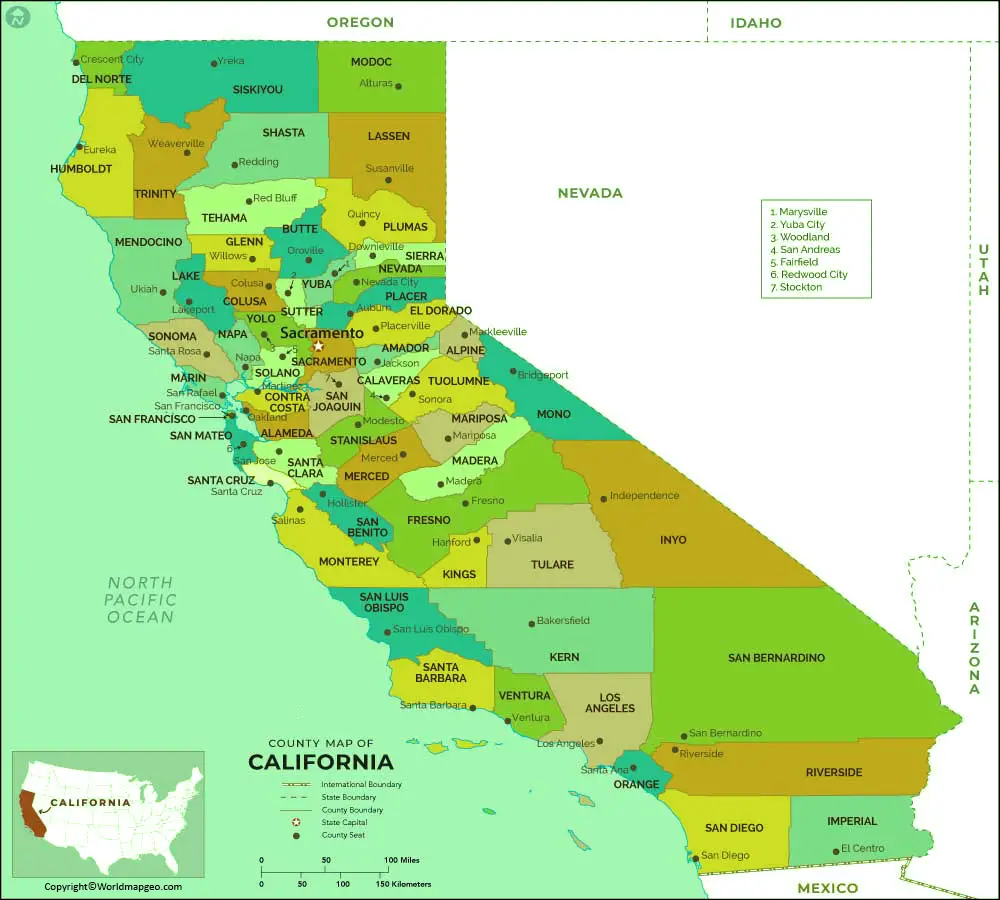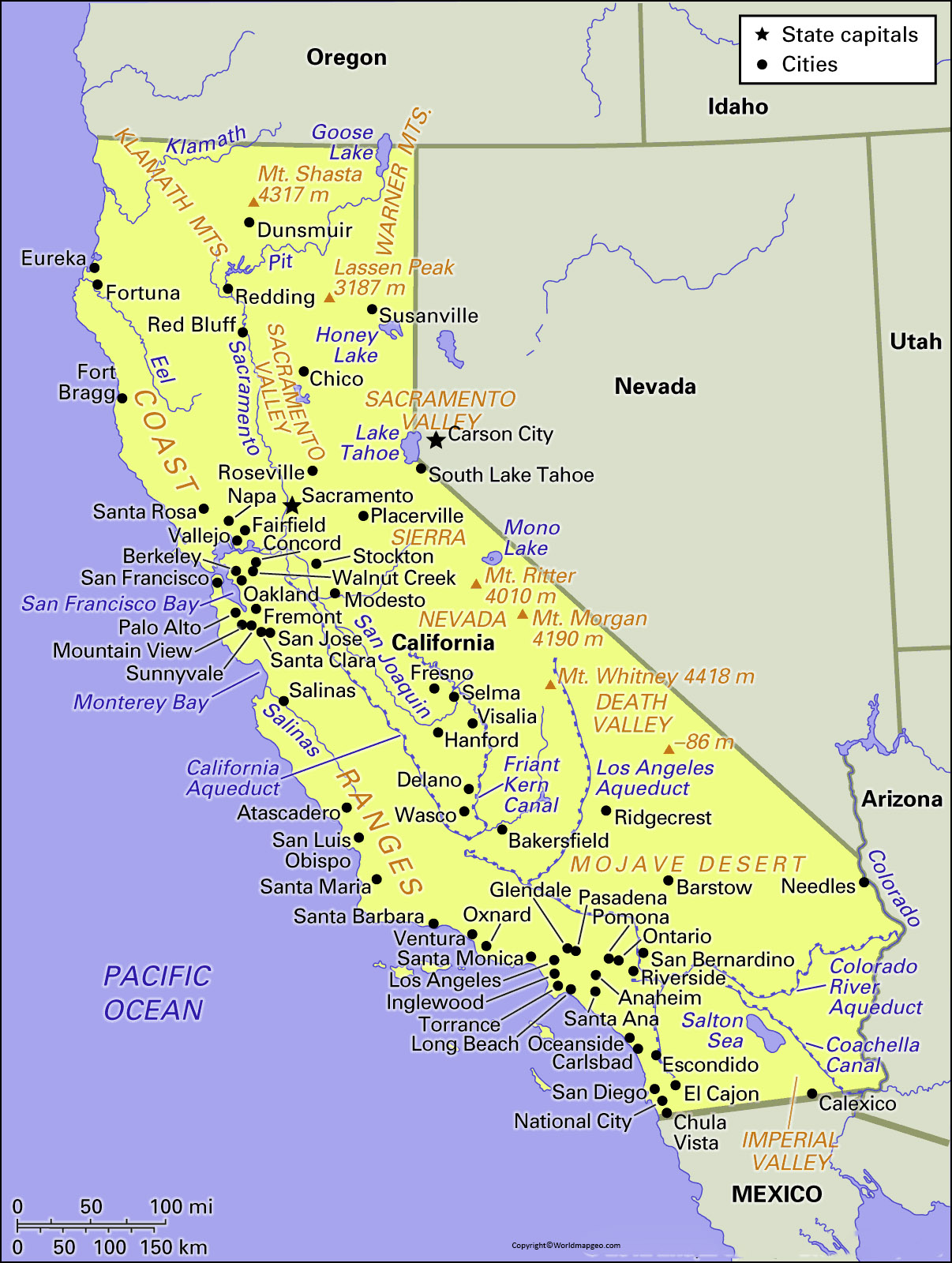The California Zip Code Map is vast and complex, covering an area of over 41,000 square miles. The more than 3,000 zip codes in the state vary greatly in population size and density. This map shows the location of zip codes within the state by county.
California Zip Code Map
A California zip code map is a visual representation of the postal code areas within the state. Zip codes play a crucial role in facilitating mail delivery, location-based services, and demographic analysis. California, being a large and diverse state, is divided into a multitude of zip code regions. These regions usually defined by numerical codes assigned to specific geographical areas. A comprehensive zip code map of California provides an invaluable resource for businesses, individuals, and researchers to understand the distribution of population, access to services, and regional distinctions within the state.
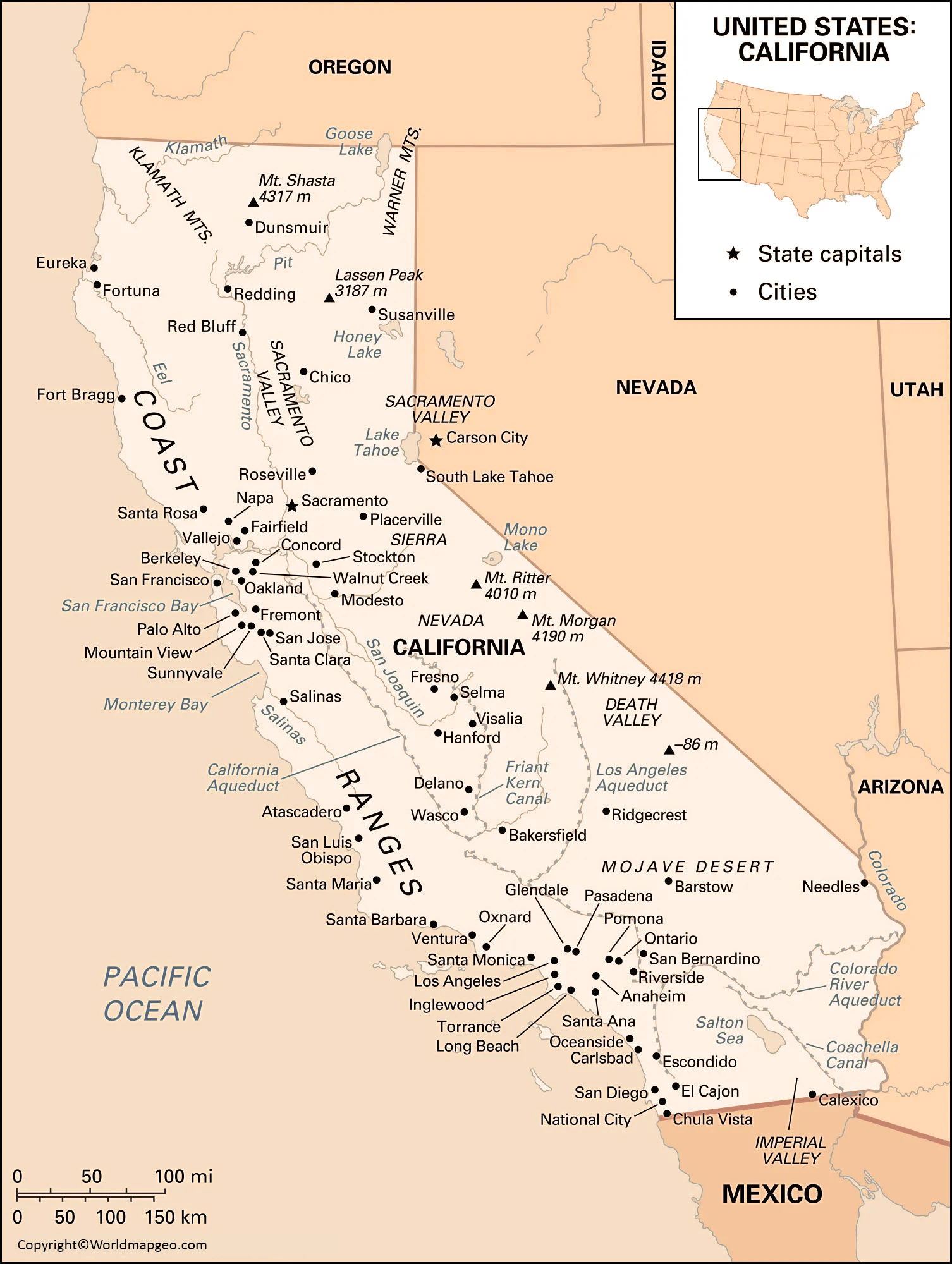
Such a map typically employs color coding or shading to differentiate between different zip code areas. Urban centers may have a higher density of zip codes, reflecting the concentration of population and commercial activity, while rural or less densely populated areas may have larger zip code regions. This visual representation is not only practical for logistical purposes but also aids in demographic analysis and market research
By overlaying other datasets onto the zip code map, analysts can derive insights into consumer behavior, economic disparities, and regional trends. Check out other Zip Code Maps:- Tennessee Zip Code Map, Texas Zip Code Map, Miami Zip Code Map.
In essence, a California zip code map is a window into the state’s spatial organization. It provides a snapshot of how communities structured, where services concentrated, and how different regions contribute to the state’s overall makeup. Whether for business planning, healthcare resource allocation, or sociodemographic research, the zip code map of California is an indispensable tool for understanding the complex interplay of geography and human activity within the state.
California Bay Area Zip Code Map
The California Bay Area zip code map delves into the specific postal code divisions within this dynamic and economically vibrant region. The Bay Area, encompassing cities such as San Francisco, Oakland, and San Jose, is known for its technological innovation, cultural diversity, and breathtaking landscapes. The zip code map of this area is instrumental in deciphering the intricate spatial distribution of neighborhoods, industries, and amenities.
Each distinct city within the Bay Area has its own set of zip codes, which often correlated with socioeconomic factors and urban development patterns. San Francisco, for instance, showcases a clear distinction between its downtown financial district (94104, 94111) and its residential neighborhoods like the Mission District (94110) or Pacific Heights (94115). Meanwhile, Oakland’s zip codes reflect the diversity of its communities, ranging from the bustling downtown (94612) to the more suburban feel of Montclair (94611).
For businesses, the Bay Area zip code map is an indispensable asset for marketing strategies and location-based targeting. It enables businesses to understand where their potential customers concentrated, which areas might underserved, and how to tailor their offerings accordingly. Additionally, urban planners and policymakers can utilize this map to analyze patterns of gentrification, housing affordability, and transportation accessibility.
In essence, the California Bay Area zip code map captures the essence of a region that thrives on innovation and cultural richness. It provides a cartographic narrative of how neighborhoods have evolved, industries have emerged, and communities have interconnected. Whether you’re an entrepreneur looking to tap into a tech-savvy market or a researcher studying urban dynamics, this map offers a multifaceted perspective on one of California’s most captivating areas.
California Zip Code Map By County
A California zip code map organized by county provides a comprehensive overview of how postal codes distributed across the state’s political and administrative divisions. Counties serve as fundamental geographical units for governance and representation, and understanding the distribution of zip codes within each county offers insights into local demographics, economic activities, and infrastructure development.
From the densely populated Los Angeles County to the sprawling San Bernardino County, each county has its unique set of challenges and opportunities. A zip code map organized by county highlights the urban-rural divide, showcasing the concentrated zip codes of major cities alongside the more expansive and less densely populated areas. This map type helps identify disparities in access to services, education, and healthcare, contributing to informed policymaking and resource allocation.
Moreover, the zip code map by county is invaluable for emergency services and disaster management. During natural disasters or public health emergencies, pinpointing affected zip code areas within specific counties is essential for effective response and resource mobilization. It aids in coordinating evacuation plans, medical aid distribution, and communication strategies.
For businesses, this map type facilitates market segmentation and expansion planning. By analyzing the distribution of zip codes within each county, companies can tailor their marketing campaigns and supply chain strategies to suit the unique characteristics of different regions. It enables businesses to adapt their offerings to local preferences, economic conditions, and cultural nuances.
California Map With Cities And Zip Codes
The California map with cities and zip codes is a visual representation of the state’s urban centers and their corresponding postal code regions. This map type combines the geographical layout of cities with the overlay of zip code boundaries, offering a comprehensive view of how different areas are divided for postal purposes. It’s a powerful tool for businesses, residents, and planners seeking to understand the spatial arrangement of communities and services.
With its vast size and diverse landscapes, California encompasses a wide range of city sizes and development patterns. From the megacity of Los Angeles to the charming coastal town of Santa Barbara, each city has a unique blend of neighborhoods, industries, and cultural hubs. The map with cities and zip codes helps reveal how these urban areas sectioned off into smaller postal code regions, facilitating mail delivery, navigation, and location-based services.
For businesses operating within California, this map is an essential resource for targeted marketing and expansion strategies. It allows companies to identify clusters of potential customers, assess competition in specific neighborhoods, and optimize their distribution networks based on zip code coverage. By understanding the zip code distribution within different cities, businesses can tailor their offerings to meet the preferences and needs of local residents.
Residents and newcomers to California also benefit from this map as they navigate and explore different areas. It assists in identifying which zip codes correspond to their neighborhoods, aiding in mail delivery, online shopping, and various location-based apps. Additionally, individuals can gain insights into the socioeconomic characteristics of various areas, helping them make informed decisions about where to live or invest.
California Zip Code Boundary Map
The California zip code boundary map is a specialized visualization that highlights the exact outlines of each zip code area within the state. Unlike other maps that might focus on cities or counties, this map type zooms in on the intricate lines that define the borders of individual postal code regions. It’s a crucial tool for precise geographic analysis, demographic research, and service distribution planning.
Each zip code has a unique boundary that encapsulates a specific area, which can vary greatly in size and population density. The zip code boundary map enables researchers and analysts to explore the spatial distribution of various attributes, such as income levels, education, and housing types. By overlaying demographic data onto these boundaries, insights into patterns of urban development and community composition can gleaned.
For local governments and service providers, the zip code boundary map is instrumental in resource allocation and infrastructure planning. Whether it’s determining the most effective locations for new schools, healthcare facilities, or public transportation routes, understanding the exact extent of each zip code area is crucial for equitable distribution of services.
This map type is also a valuable asset for businesses engaged in California market analysis and expansion. By precisely visualizing zip code boundaries, companies can identify pockets of potential customers, assess the reach of competitors, and design targeted marketing campaigns. This level of granularity allows businesses to tailor their strategies to cater to specific neighborhoods and communities.
